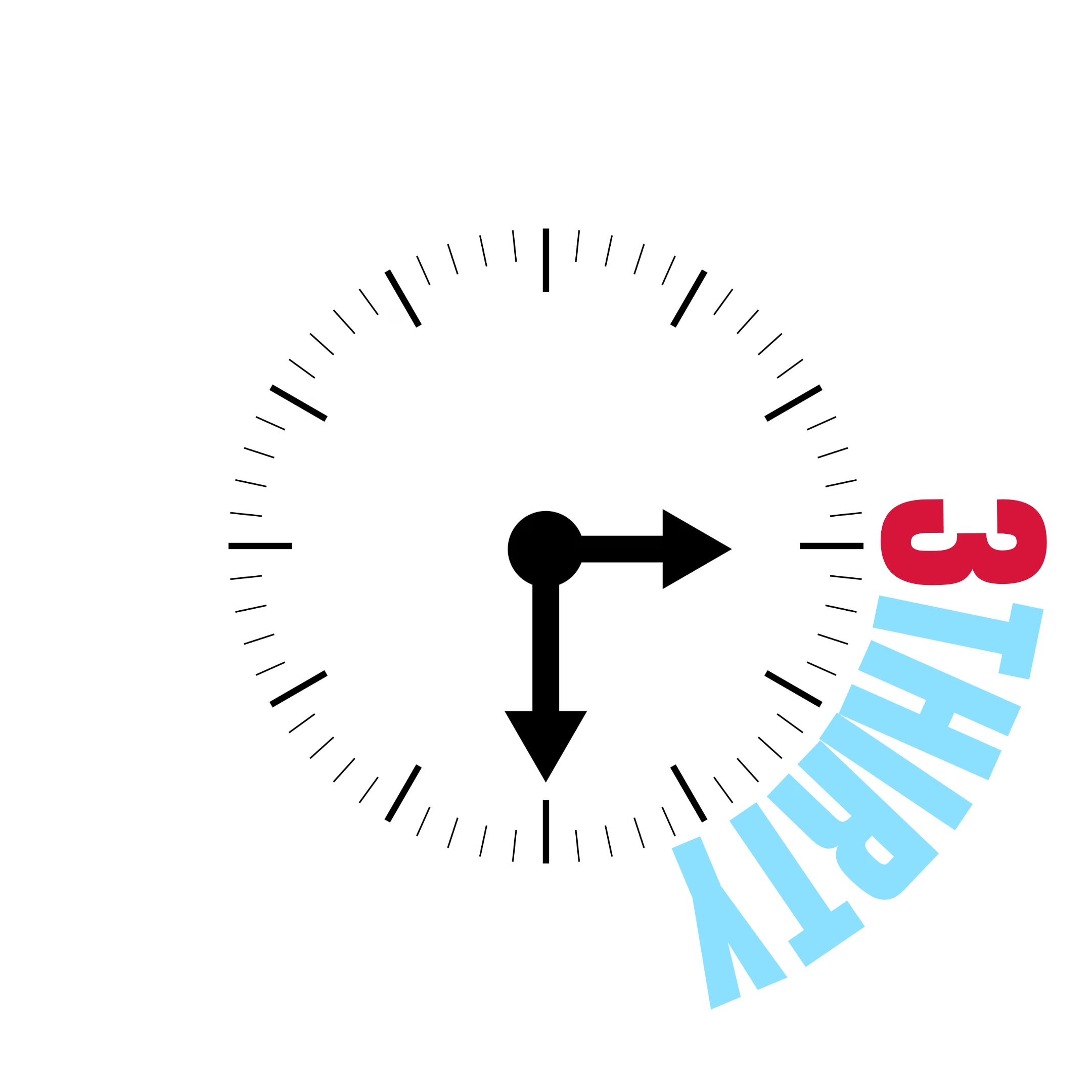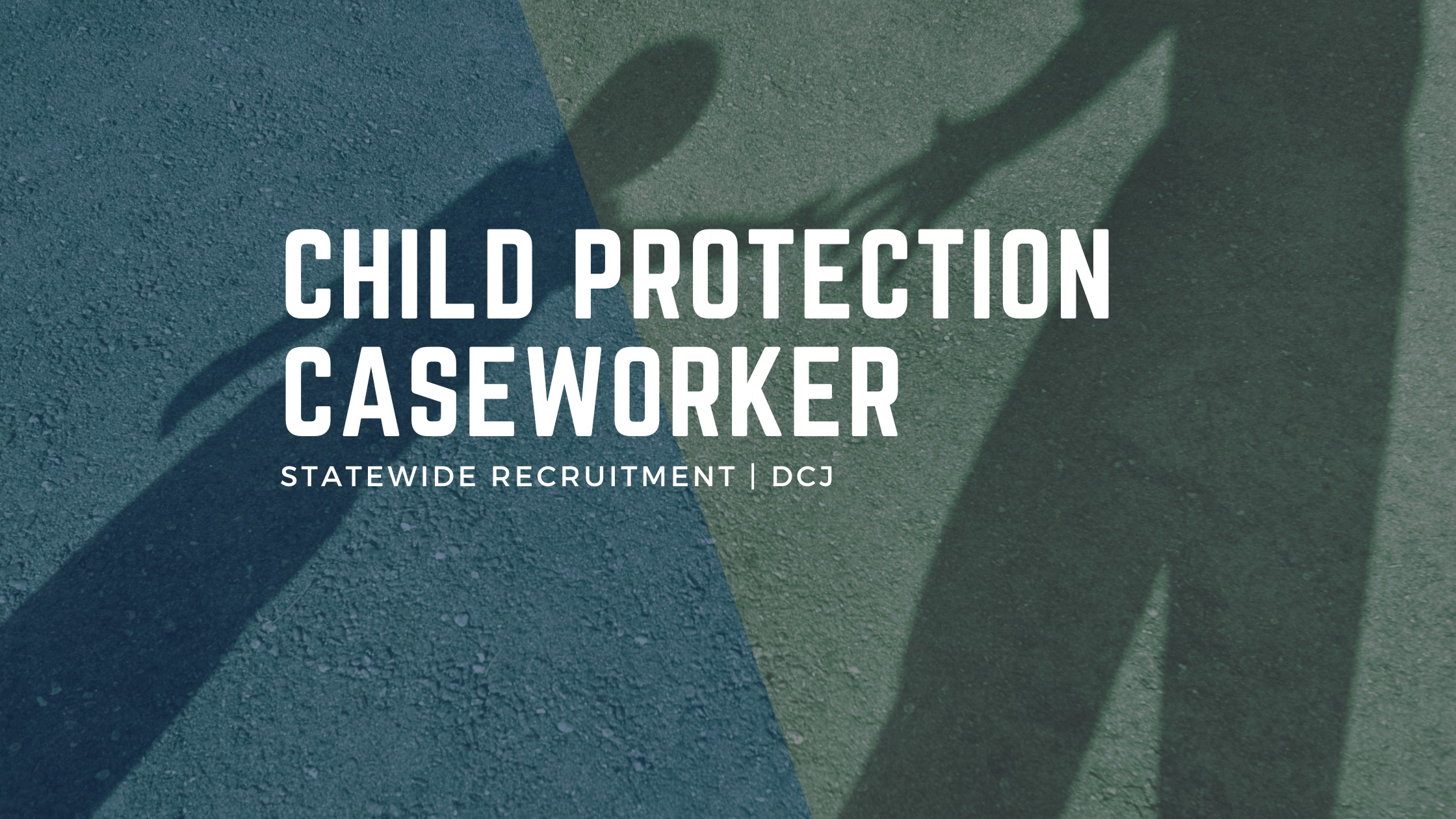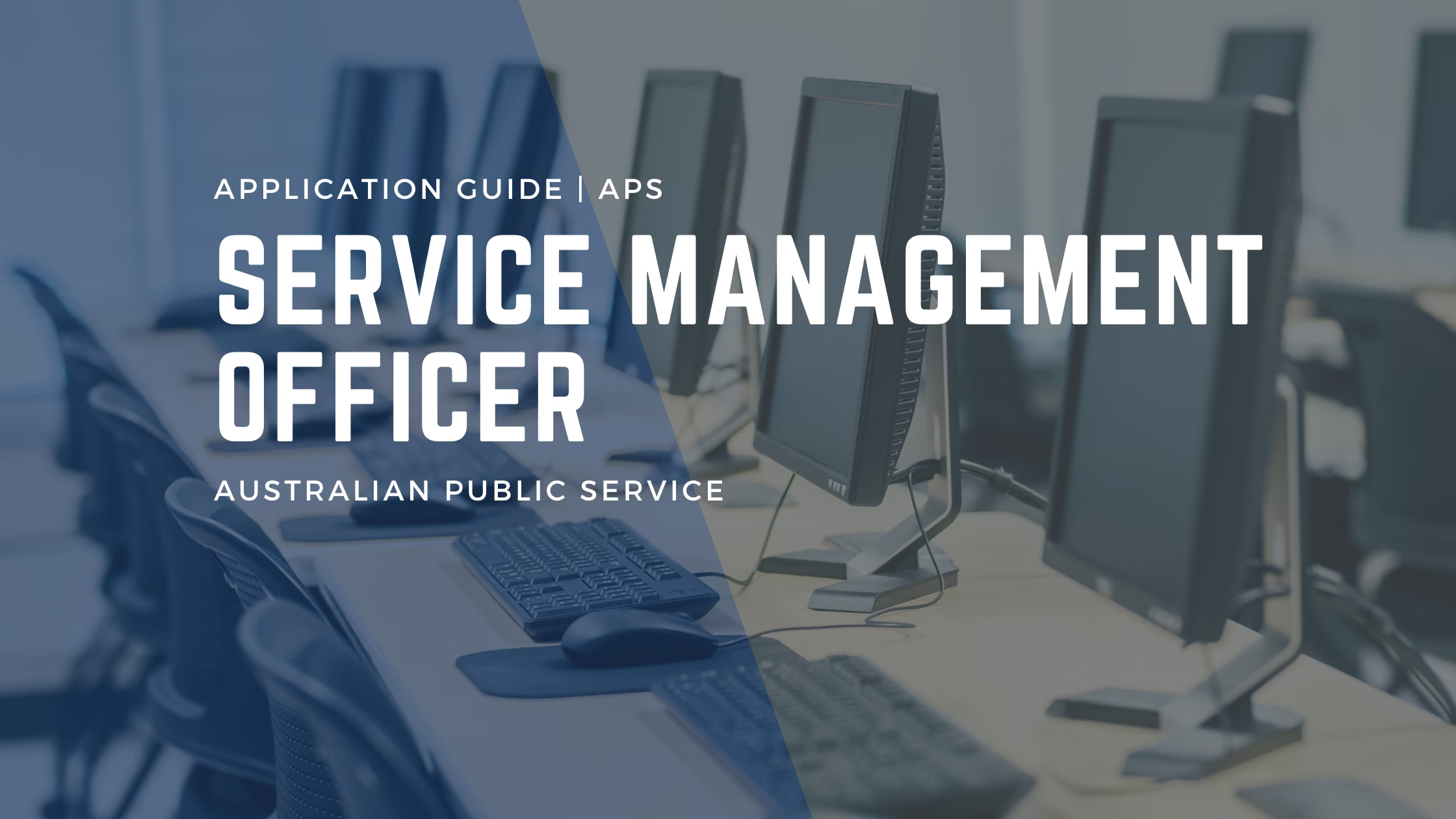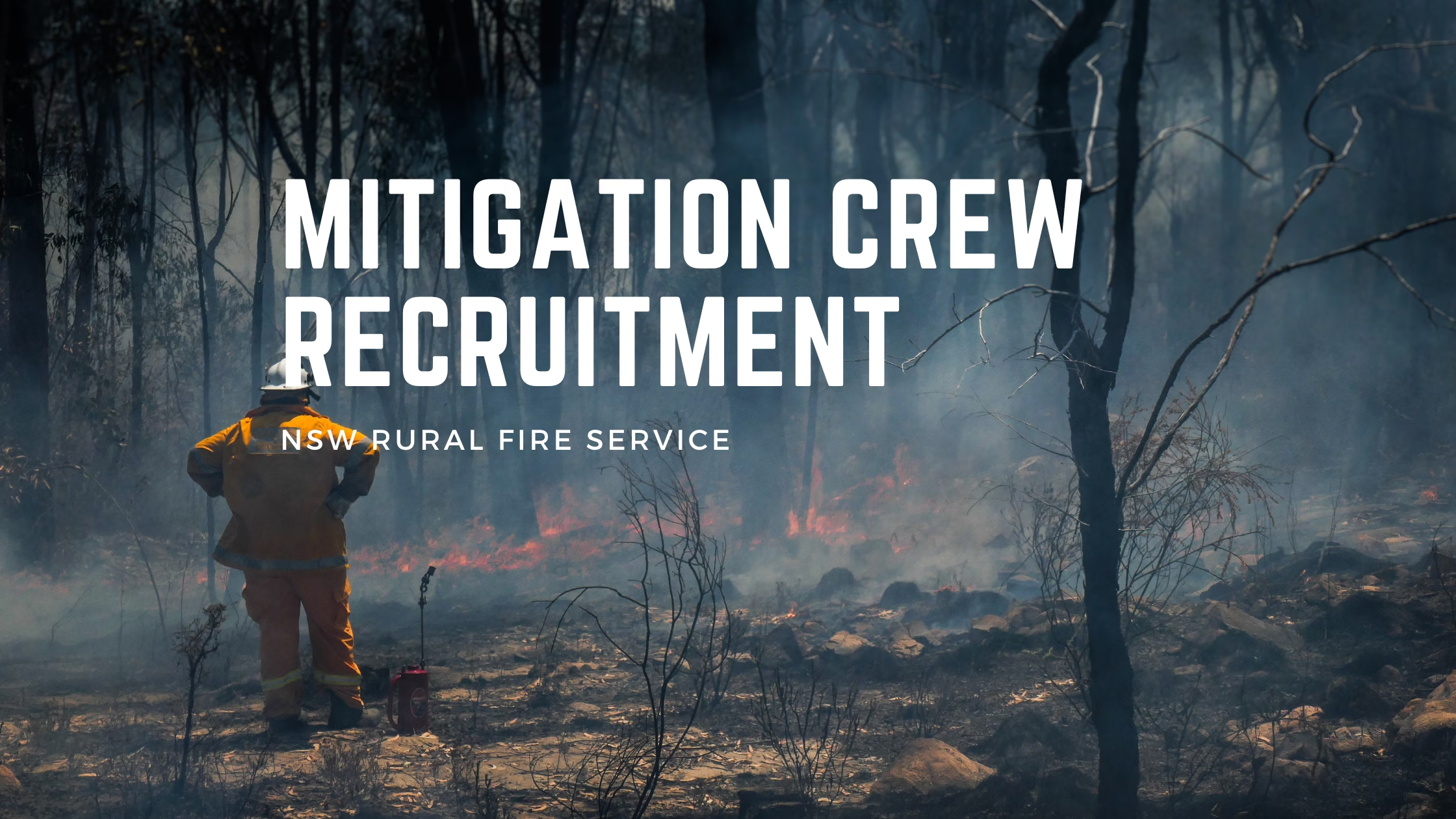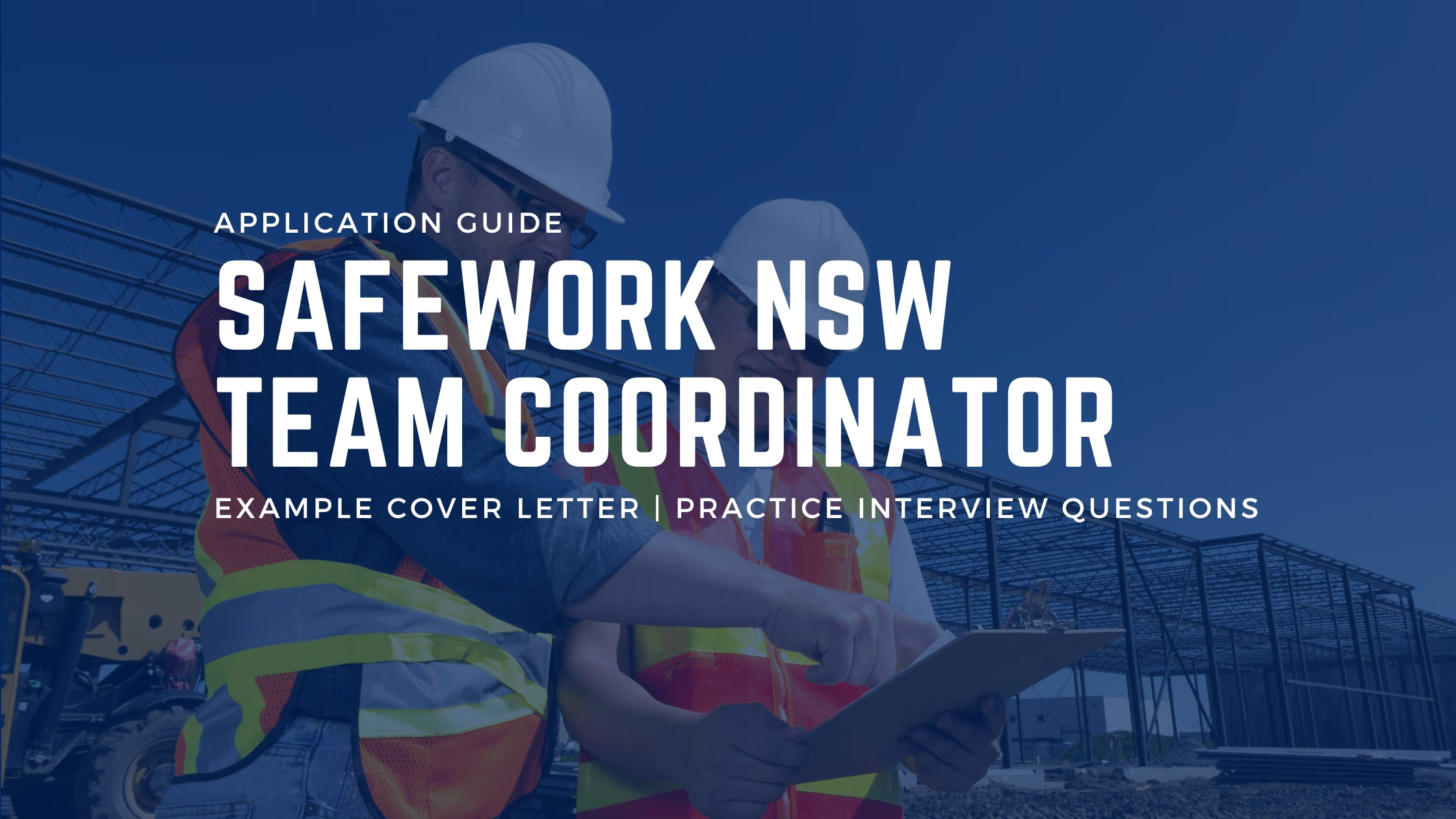Thinking of applying for a JCPRP Child Protection Caseworker role?
The updated application guide is available here.
Please note: This NSW Government job detailed below has now closed.
However, you can still use the advice and resources on this page—including the detailed example cover letter—to help you prepare your next written application for a government casework role or any public sector position.
If you’d like tailored support, you can also request a custom application guide to be developed for any NSW Government role.
Joint Child Protection Response Program (JCPRP) Caseworker Summary
| Position Title | Joint Child Protection Response Program (JCPRP) Caseworker |
|---|---|
| Organisation/Entity | NSW Department of Communities and Justice (DCJ) |
| Job Location | Multiple locations (Ballina, Bathurst, Blacktown, Broken Hill, Coffs Harbour, Dubbo, Gosford, Inverell, Liverpool, Newcastle, Port Macquarie, Queanbeyan, Strawberry Hills, Tamworth, Wagga Wagga grouping, Wollongong) |
| Work Type | Ongoing |
| Base Pay | $79,032 to $109,194 pa plus superannuation and leave loading |
| Closing Date | 29/01/2025 – 11:59 PM |
Three Reasons the JCPRP Child Protection Caseworker Role is Your Gateway to the Public Sector
1. Statewide Recruitment & Diverse Opportunities
Choose from numerous locations across NSW, including metropolitan areas like Blacktown and Newcastle or regional hubs such as Coffs Harbour and Tamworth. This wide range of options allows you to work in a community that suits your lifestyle while making a meaningful impact.
2. Competitive Entry-Level Position
Start your public sector career with a strong foundation. The JCPRP Child Protection Caseworker role offers a competitive salary range of $79,032 to $109,194 per annum, plus superannuation and annual leave loading. This position not only provides financial stability but also opportunities for professional growth and advancement.
3. Limited-Time Application – Closes 29 January
Don’t miss out on this exceptional opportunity to join a dedicated team focused on child protection. Ensure you submit your application by 29 January to take the first step towards a rewarding career in the public sector.
Your Path to Making a Difference: The JCPRP Caseworker Role
What is a DCJ Caseworker? A Joint Child Protection Response Program (JCPRP) Caseworker plays a vital role in a tri-agency specialist program delivered by the NSW Department of Communities and Justice (DCJ), the NSW Police Force, and NSW Health. This multi-disciplinary service model provides a comprehensive and coordinated approach to child protection. Through the JCPRP, you will investigate allegations of sexual abuse, serious physical abuse, and extreme neglect to ensure that the safety, welfare, and wellbeing of vulnerable children and young people remain the priority.
As a Child Protection Caseworker , you will be empowered to conduct safety and risk assessments in response to reports of child abuse and neglect from the community. At times, this responsibility will include court action and administrative tasks to support legal processes. Success in this position calls for strong relationship-building skills, empathy, and the willingness to see each family as unique, with its own challenges and stories. By approaching every case with the goal of family welfare and risk mitigation, you become an essential part of the NSW public sector’s commitment to protecting children and young people.
Challenges for JCPRP Caseworker
Stepping into statutory child protection involves facing a range of complexities every day.
You will encounter challenging social environments, sensitive family issues, and the need to communicate effectively under pressure. Meeting the needs of vulnerable children and young people requires resilience and courage, qualities that must guide every assessment and decision.
Working within a multi-disciplinary setting also demands a high level of adaptability, since you will regularly liaise with the NSW Police Force, NSW Health, and other community partners.
Time management is essential, especially when balancing urgent priorities with ongoing child protection work. Another challenge involves navigating the possible emotional toll of confronting serious child protection concerns. However, it can also be a source of deep professional fulfilment when you see improvements in a family’s situation or help secure a child’s safety and wellbeing for the long term.
Why this is a great role to start your career in the NSW Public Sector
The JCPRP Child Protection Caseworker role opens the door to meaningful work that truly matters.
If you are seeking an entry-level position in child protection, you will gain exposure to a wide variety of cases that encourage growth and development. The NSW public sector offers a structured career pathway, and being placed on the talent pool may lead to ongoing or future opportunities across various regions.
Statewide Opportunities
This vacancy offers positions across both metropolitan and regional locations, including:
- Metro Areas: Blacktown, Liverpool, Newcastle, Strawberry Hills
- Regional Hubs: Ballina, Bathurst, Broken Hill, Coffs Harbour, Dubbo, Gosford, Inverell, Port Macquarie, Queanbeyan, Tamworth, and the Wagga Wagga grouping (Wagga Wagga, Albury, and Griffith)
With so many locations to choose from, you’ll find opportunities that fit your personal and professional aspirations.
Benefits That Set You Up for Success
Working in the JCPRP isn’t just about meaningful work—it’s about being supported every step of the way. Here’s what you can expect:
Wellness Initiatives: A positive workplace culture supported by perks like the Fitness Passport, a tailored health app, and mental health resources.
Competitive Salary: A base salary of $79,032 to $109,194 per annum, plus superannuation and annual leave loading.
Flexibility: Conditions designed to help you balance work and life effectively.
Top-Notch Training: Industry-leading JCPRP training and ongoing professional development to help you thrive in your role.
Collaborative Environment: Work as part of a multi-disciplinary team focused on improving the safety and wellbeing of children and young people.
Unique Insights: Gain invaluable exposure to the operations and culture of JCPRP partner agencies.
How to Apply to be a Caseworker
Applicants must provide a cover letter that does not exceed two pages in length, along with a résumé of up to five pages.
The application should be submitted through the iworkfornsw website. Please ensure your submission highlights any prior investigative or social work background, as well as relevant qualifications that equip you for the demanding nature of this role.
Essential Role Requirements for JCPRP Caseworker
Frontline experience in statutory child protection or investigation services is vital for anyone joining a highly responsive program like JCPRP. To succeed in this role, the following are essential:
- Completion or near-completion of a relevant tertiary degree (Social Work, Social Science, or Welfare)
- A valid driver’s licence (P1 or above)
- A paid Working With Children Check (WWCC) clearance number
These credentials enable you to travel across regions, conduct investigations, and uphold legal obligations.
If you identify as Aboriginal or Torres Strait Islander, you are especially encouraged to apply, as DCJ values strong community ties and cultural knowledge.
How to Address the Target Question
When completing the application for Child Protection Caseworker roles you must address a specific targeted question. Here is the question, replicated exactly from the job ad:
“Describe a time when you were required to undertake a safety and risk assessment for a child or young person. What steps did you take to complete this assessment, what were the challenges and what was the outcome?”
Addressing this question is critical. Be sure to incorporate evidence of your capacity to perform safety and risk assessments, demonstrating your ability to adapt to complex family settings and communicate with both children and adults. Referring to real-world examples can help you stand out, especially if you use a structured response method such as STAR. This method provides a clear narrative of the Situation, Task, Action, and Result, allowing the panel to see how you approach risk mitigation for children and young people in vulnerable circumstances.
The NSW public sector values candidates who can convey compassion, competence, and analytical thinking when dealing with high-stakes issues. Remember to update your résumé so that it aligns with the role description, and ensure your cover letter specifically addresses why you are drawn to the JCPRP Caseworker position.
Application Checklist
| Application Step | Completed (Yes/No) |
|---|---|
| Reviewed Position Description | |
| Updated Résumé (max. 5 pages) | |
| Cover Letter (max. 2 pages) | |
| Addressed Targeted Question | |
| Included Valid Driver’s Licence & WWCC Details | |
| Final Review & Proofreading |
Understanding and Addressing Focus Capabilities
Capabilities Assessed in the JCPRP Child Protection Caseworker Role
This role requires proficiency in several key capabilities as outlined in the NSW Capability Framework:
- Display Resilience and Courage (Intermediate)
- Ability to handle emotionally charged situations with composure and accountability.
- Commit to Customer Service (Intermediate)
- A focus on delivering quality outcomes with a customer-first mindset.
- Work Collaboratively (Foundational)
- Building and maintaining strong working relationships within a team environment.
- Think and Solve Problems (Intermediate)
- Applying critical thinking to develop practical solutions to challenges.
- Technology (Foundational)
- Basic proficiency in using digital tools and systems to perform work tasks.
- Value Diversity and Inclusion (Intermediate)
- Embracing diversity and promoting an inclusive workplace culture.
- Communicate Effectively (Intermediate)
- Demonstrating clarity, empathy, and active listening in all interactions.
- Act with Integrity (Intermediate)
- Upholding ethical standards and principles, even under pressure.
- Plan and Prioritise (Foundational)
- Organising tasks efficiently to meet deadlines and manage workload.
Each capability represents a foundational or intermediate standard that guides how you approach and excel in your role, ensuring effective and ethical performance in all aspects of your work.
It is strongly advised that you read the complete role description and visit the official framework page for more information on what each capability means: NSW Capability Framework. This resource guides you on how to write a cover letter and résumé that speak to these capabilities. Tailoring your application to demonstrate your strongest attributes in these areas can significantly improve your chances of success.
Candidate Summary: Jess
Jess is a highly capable candidate with recent experience as a Case Support Officer in a not-for-profit organisation, where she has provided essential administrative and client-focused support to a team of child protection professionals. Her role involved managing sensitive case information, coordinating services for vulnerable families, and maintaining a high standard of customer service. Jess has consistently demonstrated strong organisational skills, attention to detail, and an ability to collaborate effectively in challenging environments.
Jess is eager to transition into the public sector to contribute to broader systemic change in child protection and family support services. She is motivated by the opportunity to work within a structured, multidisciplinary framework like the JCPRP, where her skills can directly impact the safety and wellbeing of children and young people. Her commitment to ethical service delivery and her passion for making a difference align closely with the values and objectives of the NSW public sector.
Actively Looking Premium Membership
Extra assistance for anyone seriously looking for a role in the NSW public sector
✓ Unlock Extra Application Guides
✓ Personalised Cover Letter Review
✓ Request a Custom Application Guide
Example Cover Letter
Dear Hiring Manager,
I am writing to apply for the JCPRP Child Protection Caseworker position within the Department of Communities and Justice. Throughout my experience in child protection and family support, I have developed a strong foundation in statutory processes, investigative protocols, and trauma-informed care—all crucial elements for a role that responds to high-risk cases. I am particularly drawn to the JCPRP’s collaborative and multidisciplinary approach, as I believe this methodology offers the greatest potential to safeguard the wellbeing of children and young people.
Having recently completed my Bachelor of Social Work, I possess the relevant tertiary credentials necessary to engage in frontline child protection.
I currently hold a valid P2 driver’s licence, enabling me to fulfil the position’s travel requirements. Additionally, I have a paid Working With Children Check (WWCC) clearance (WWC1234567), reflecting my commitment to the highest standards of child safety.
These qualifications, combined with my frontline experience and passion for ensuring the welfare of vulnerable children, make me confident in my ability to succeed as a JCPRP Caseworker.
Target Question
“Describe a time when you were required to undertake a safety and risk assessment for a child or young person. What steps did you take to complete this assessment, what were the challenges and what was the outcome?”
During my tenure as a Case Support Officer, I was assigned a case involving a 10-year-old girl who was exhibiting worrying behavioural changes at school. Concerns included sudden withdrawal, a decline in academic performance, and visible signs of distress such as tearfulness and reluctance to return home at the end of the school day. Recognising these red flags, I was tasked with undertaking a comprehensive safety and risk assessment to determine whether the child was experiencing emotional, physical, or other forms of harm.
My primary goal was to gather and synthesise all relevant information to establish the child’s immediate and long-term safety needs. I first consulted with the school counsellor to collect observational data about the child’s recent behaviour and any documented incidents. Next, I reached out to the family, scheduling a home visit to understand their living situation and the child’s support network. During that visit, I interviewed both the mother and an older sibling, carefully noting inconsistencies in their accounts and signs of potential emotional neglect. I also collaborated with a community health nurse to conduct a general wellness check on the child. Throughout this process, I faced challenges in balancing the family’s right to privacy with the urgent need to protect the child. Additionally, establishing open communication proved difficult due to the mother’s fear of external intervention. With patience and cultural sensitivity, I built rapport by clearly outlining my role and emphasising the ultimate goal of supporting the child and the family.
Ultimately, my assessment revealed significant emotional distress linked to ongoing familial conflict. I compiled and presented my findings to the agency’s multidisciplinary team, which included senior social workers and a child protection officer. Together, we developed a short-term safety plan that provided immediate intervention—offering the child a safe space at school after hours—and a long-term plan involving parental counselling and continued monitoring by child protection services. This approach helped reduce the child’s stress and improved her school attendance and engagement over time. The outcome underscored the importance of early, collaborative interventions, as well as the value of clear, empathetic communication with all parties involved.
Looking ahead, I am eager to leverage these experiences in a JCPRP setting where I can continue to contribute to positive outcomes for children and young people. The NSW public sector’s emphasis on best-practice frameworks, ongoing professional development, and collaboration with partner agencies aligns perfectly with my personal and professional aspirations. I believe that by joining the JCPRP, I will be well-positioned to reinforce my commitment to child-centered advocacy and effective statutory intervention.
Thank you for taking the time to review my application. I would appreciate the opportunity to discuss how my background, skills, and passion for child welfare can support the critical work of the JCPRP. Please feel free to contact me at your convenience to arrange an interview or request any additional information.
Yours sincerely,
Jess Smith
Understanding the STAR Method in This Cover Letter
The STAR Method is a structured approach often used to provide clear and concise answers to behavioural or competency-based interview questions. It stands for:
- Situation
- Task
- Action
- Result
Below is a breakdown of how the STAR Method was applied in the cover letter example:
1. Situation
In the cover letter, Jess begins by describing the context of the child protection case she was assigned. She explains that a 10-year-old girl was displaying troubling signs at school, prompting a safety and risk assessment. This setup tells the reader why she became involved and highlights the specific circumstances that required her attention.
“During my tenure as a Case Support Officer, I was assigned a case involving a 10-year-old girl who was exhibiting worrying behavioural changes at school.”
By detailing the concerning behaviours (e.g., withdrawal, academic decline, visible distress), Jess paints a clear picture of the situation that needed her immediate focus.
2. Task
Next, Jess clarifies her role and responsibility: conducting a comprehensive safety and risk assessment to determine if the child was experiencing harm. This piece of information pinpoints exactly what she needed to accomplish.
“…I was tasked with undertaking a comprehensive safety and risk assessment to determine whether the child was experiencing emotional, physical, or other forms of harm.”
Highlighting the task helps the reader understand the goal Jess was aiming for and underscores the importance of her work in protecting a vulnerable young person.
3. Action
This step describes the specific actions taken to address the situation and complete the task. In her cover letter, Jess explains the steps she took:
- Consulting with the school counsellor for observational data.
- Scheduling a home visit to gather first-hand information on the family’s living situation.
- Interviewing family members—the mother and an older sibling—to identify inconsistencies and signs of neglect.
- Collaborating with a community health nurse to conduct a general wellness check.
“During that visit, I interviewed both the mother and an older sibling, carefully noting inconsistencies in their accounts and signs of potential emotional neglect.”
By detailing how she overcame challenges—like managing privacy concerns and building rapport—Jess demonstrates her problem-solving skills, communication abilities, and empathy.
4. Result
Finally, Jess describes the outcome of her actions, showing how they made a difference. She explains that her assessment and subsequent collaboration with her multidisciplinary team led to a short-term safety plan and long-term interventions, which improved the child’s situation.
“…we developed a short-term safety plan that provided immediate intervention—offering the child a safe space at school after hours—and a long-term plan involving parental counselling…”
This conclusion underscores tangible achievements: safer environment for the child, improved school attendance, and better overall wellbeing. Highlighting the result provides a clear demonstration of her effectiveness and shows the impact of her interventions.
Why the STAR Method is Effective
By using the STAR Method, Jess organizes her story in a way that is both easy to follow and highly relevant to the employer’s needs. Each step addresses what many interviewers and recruitment panels want to know:
- Situation: What was going on?
- Task: What were you responsible for?
- Action: What did you do about it?
- Result: What changed because of your actions?
In the cover letter, this format ensures Jess provides enough detail to demonstrate her suitability for the role without overwhelming the reader. It paints a vivid, practical picture of her capabilities, problem-solving process, and the outcomes she has achieved.
Interview Preparation and Conclusion
Preparing for the Interview
To further support your readiness, the NSW Public Service Commission provides a useful resource called the Capability Application Tool. Access it at NSW Capability Application Tool. It contains examples of questions you might encounter during a public sector interview and can help you shape your responses in line with the Capability Framework.
When applying for the JCPRP Child Protection Caseworker role, you may be asked scenario-based questions that explore your approach to risk mitigation, statutory child protection, and community engagement. Potential questions include:
- “Tell me about a time when you had to deliver difficult or sensitive information to a client or stakeholder under challenging circumstances. How did you handle the situation, and what was the outcome?”
- “Describe a situation where you worked with people from diverse backgrounds or disciplines to achieve a common goal. How did you ensure all perspectives were heard, and what steps did you take to maintain an inclusive environment?”
- “Give an example of a complex issue you faced in a previous role. How did you break it down, prioritise your tasks, and develop a solution that addressed both immediate and long-term needs?”
- “Can you share a time when you had to balance the needs of a client with the ethical or policy requirements of your organisation? How did you maintain integrity while still providing a high level of service?”
During the interview, expect to discuss your familiarity with the families, communities, and court processes that affect child welfare. Demonstrating that you can remain calm and factual when dealing with difficult situations is crucial for showcasing your resilience and courage.
Final Thoughts on Child Protection Caseworker opportunity
Pursuing a position as a JCPRP Caseworker with the Department of Communities and Justice is both challenging and rewarding. From safeguarding vulnerable children to collaborating with other essential agencies, you will have a direct impact on the lives of young people in need.
By reviewing the role description, addressing the targeted question with thorough evidence, and tailoring your cover letter and résumé to the Focus Capabilities, you strengthen your application and present yourself as a prepared and passionate candidate.
This role offers the chance to make a profound difference, and your dedication to fostering a safer environment for children will undoubtedly reflect in your long-term career growth.
